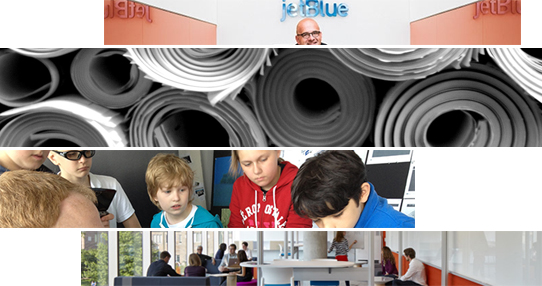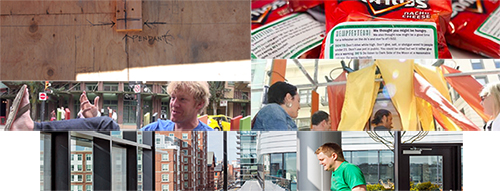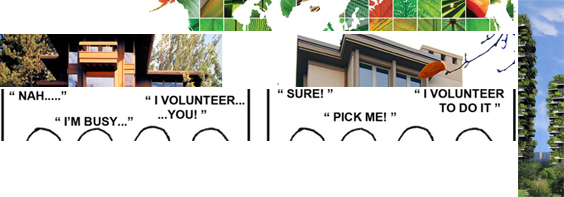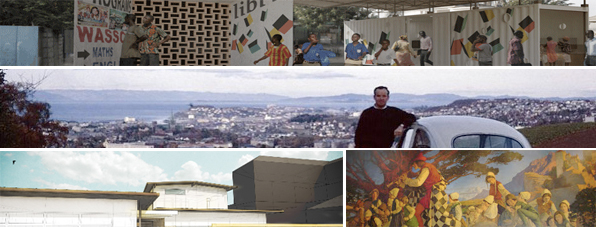Local swapping. Collaboration at Sasaki. Perkins + Will dismisses the fridge + microwave. BUILD's guide for celebrities aspiring to be architects.
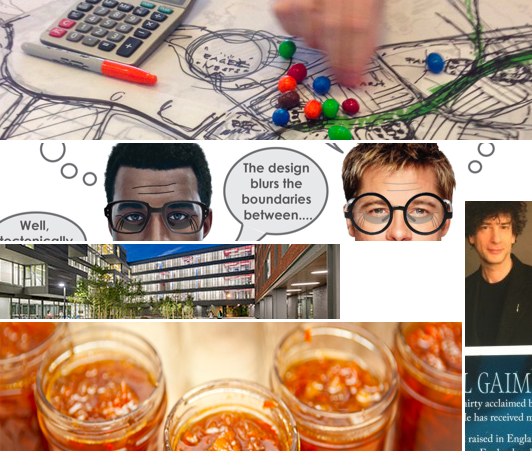
Swapping local. In Sarasota and other communities across the country, swappers leave their wallets at home and gather to share homemade goods that require an investment of special skills, time and energy to produce.
The food swap movement combines old-fashioned resourcefulness with a community-oriented philosophy and modern-day sensibilities to elevate the practice of "shopping local'' to an entirely new level: Swapping local.
Via CEOs for Cities
Collaboration in action. Sasaki Associates shares a fun video on what it looks like for their team to collaborate on a project.
Sasaki’s work on in Alachua County in north central Florida is a prime example of how the team collaborates: The team invited the entire firm to contribute, generating layers of innovative planning and design solutions for client Envision Alachua with all disciplines —planning, urban design, landscape, architecture, ecology, economics, and politics.
Via Sasaki Blog
Farewell microwave and fridge. David Damon, who leads Perkins+Will’s Residential Life practice, discusses Bridgewater State University’s newest residence hall, George A. Weygand Hall, which incorporates many sustainable strategies, one of which may come as a surprise to new students: the classic micro fridge and the personal microwave are no longer found in students’ rooms.
Over the past two years, Perkins+Will has been working with the University to create a dynamic environment where students can have a new kind of interaction on campus that pushes the boundaries of sustainability. Shared refrigerators and microwaves are located in public areas on each floor of the building. It’s one thing to design an energy-saving, green-loving, tempered-by-the-earth building – it’s another thing to operate it to its fullest potential.
Glamorous architects. As Kayne West joins Brad Pitt in the ranks of celebrity architects, BUILD shares their “Famous Person’s 5-Step Guide to Becoming an Architect.”
- Your new wardrobe budget is $175.
- Your personability is too personal.
- Dumb-down your life experiences.
- You’re still too young.
- Less bling, more books.
Via BUILD Blog
Social Media and Publishing
The basics on book covers. Suw Charman-Anderson of Forbes gives the skinny on book covers and social media. What traditional book authors have included web site and social media network links such as Twitter, Facebook and LinkedIn on their book covers? Not as many as you would think.
Via Forbes

